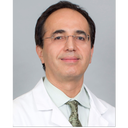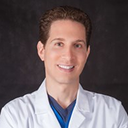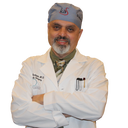A friend mentioned getting Transconjunctival blepharoplasty. What does this mean? Is it better than traditional eyelift surgery? I'm 52 and would like to help my under eye bags.
Answers (97)
From board-certified doctors and trusted medical professionals
Dr. David C. Pearson, MD

Dr. David C. Pearson, MD
Board Certified Facial Plastic Surgeon
Answer
Dr. Stephen T. Greenberg, MD, FACS

Dr. Stephen T. Greenberg, MD, FACS
Board Certified Plastic Surgeon
Answer
Dr. Ali Sajjadian, MD, FACS

Dr. Ali Sajjadian, MD, FACS
Board Certified Facial Plastic Surgeon
Answer
Dr. Benjamin Caughlin, MD, FACS

Dr. Benjamin Caughlin, MD, FACS
Board Certified Facial Plastic Surgeon
Answer
Dr. Greg Chernoff, MD

Dr. Greg Chernoff, MD
Board Certified Facial Plastic Surgeon
Answer
Dr. James R. Gordon, MD, FACS, FAAO

Dr. James R. Gordon, MD, FACS, FAAO
Oculoplastic Surgeon, Board Certified in Ophthalmology
Answer
Dr. Amir Nakhdjevani, MBBS, MRCS, FRCS(Plast)

Dr. Amir Nakhdjevani, MBBS, MRCS, FRCS(Plast)
Specialist Registered Plastic Surgeon
Answer
Dr. Afshin Farzadmehr, MD

Dr. Afshin Farzadmehr, MD
Dermatologic Surgeon, Board Certified in Dermatology
Answer
Dr. Jeffrey S. Rosenthal, MD

Dr. Jeffrey S. Rosenthal, MD
Board Certified Plastic Surgeon
Answer
More Eyelid Surgery Questions
See all Eyelid Surgery Q&AWE SEND PRETTY
EMAILS
What’s trending? Who’s turning heads? Which TikTok myths need busting? We’ve got you. No fluff, no gatekeeping—just real talk. Get our free, unfiltered newsletter.
